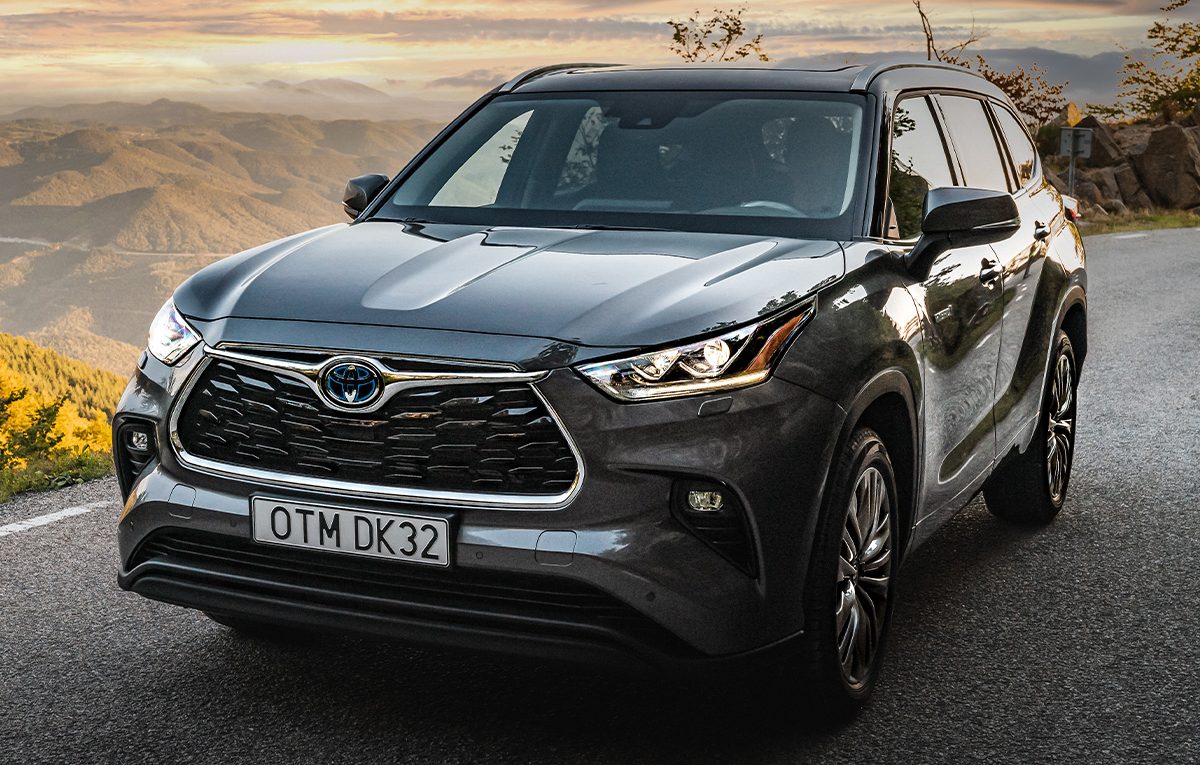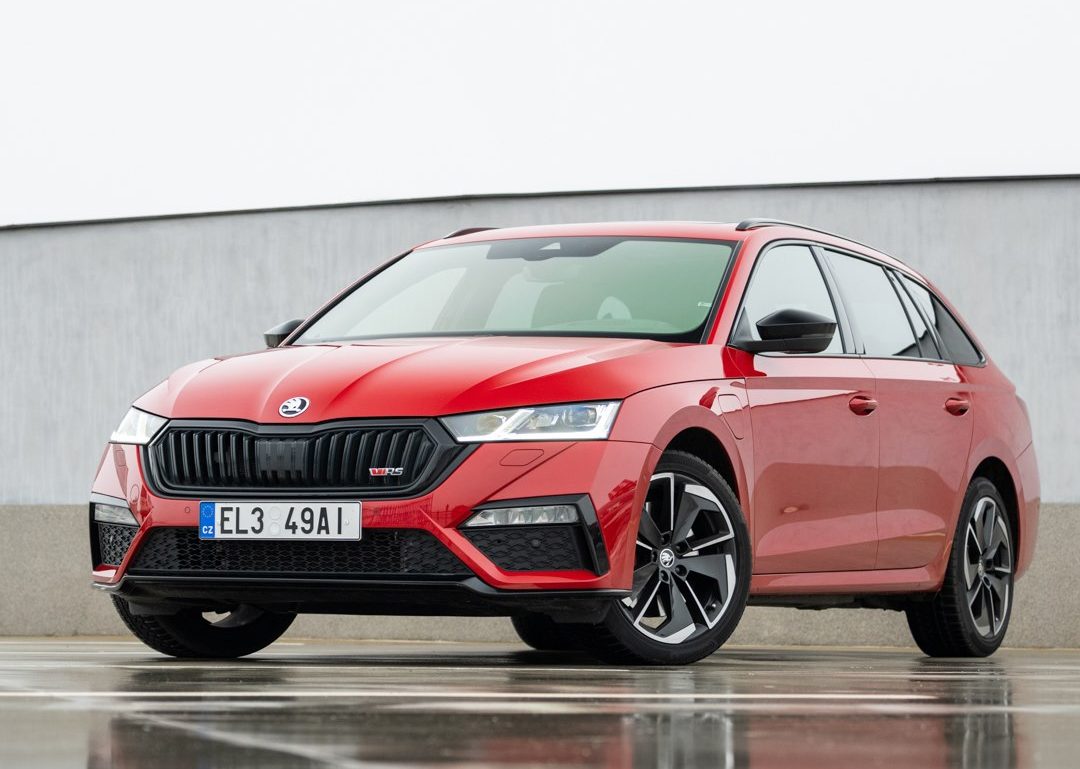The number of electric cars on the road has increased by 23.4 percent.Continue reading
In the first month of the new year, 8,040 passenger cars were registered in Hungary, 274 fewer than in January 2023, a drop of 3.3 percent, Világgazdaság reported, based on Data House‘s database. In December, 7,989 new cars were registered in Hungary, a minimal increase of only 51 units. While it is too early to talk about a trend, the current figure is in line with the prediction of the Hungarian Vehicle Importers Association (MGE), expecting annual sales of around 100,000 vehicles.
Only one brand, Toyota, managed to cross the thousand-digit mark in January (1,141). In addition, Suzuki came close with 932 models, whilst Škoda sold 880 units and took third place on the imaginary podium.
Interestingly, Toyota, which broke the record last year, still has so few electric car sales that it prefers to focus on producing internal combustion engines. The Japanese brand has therefore embarked on a massive model offensive, with 14 new or refreshed models being launched this year. 17,300 Toyotas were sold in 2022, an increase of 14.6 percent and a market share of 13.5 percent.

Toyota Highlander. Photo via Facebook/TOYOTA
Meanwhile, bronze medalist Škoda’s sales are soaring: compared to 468 units a year ago, the current figure of 880 represents an increase of more than 88 percent.
The Škoda Octavia (532 units) came out on top in the inter-model competition, ahead of Suzuki’s two flagship models, the S-Cross (452) and the Vitara (403). The Octavia alone sold more units in January than all other Volkswagens (527).

Škoda Octavia. Photo via Facebook/Škoda Global
However, the picture may be overshadowed by the fact that the fleet car champion performed exceptionally well last year due to old orders, and although it outsold Suzuki by 260 cars between January and October, it still came in third overall, behind Suzuki (and Toyota).

Suzuki Vitara. Photo via Facebook/Suzuki Automobile Global
Škoda unveiled its current fourth-generation Octavia back in November 2019, with a face-lifted version arriving in February. According to Hvg.hu, series production of the renewed model, equipped with a six-speed manual and a seven-speed dual-clutch automatic transmission, is expected to start in the second quarter.
As reported by Világgazdaság, the new car market in the European Union closed the year 2023 with a strong growth of 13.9 percent, which again exceeded the 10 million mark: a total of 1,547,717 new vehicles were registered within the EU. Sales increased in all Member States, with only Hungary standing out with its 3.9 percent annual decline, coming last in the European Automobile Manufacturers’ Association (ACEA) ranking.
However, the Hungarian Vehicle Importers Association believes that falling interest rates and the improving economic environment could support growth in the Hungarian new car market this year.
Via Világgazdaság; Featured image via Facebook/Schiller Autó Család